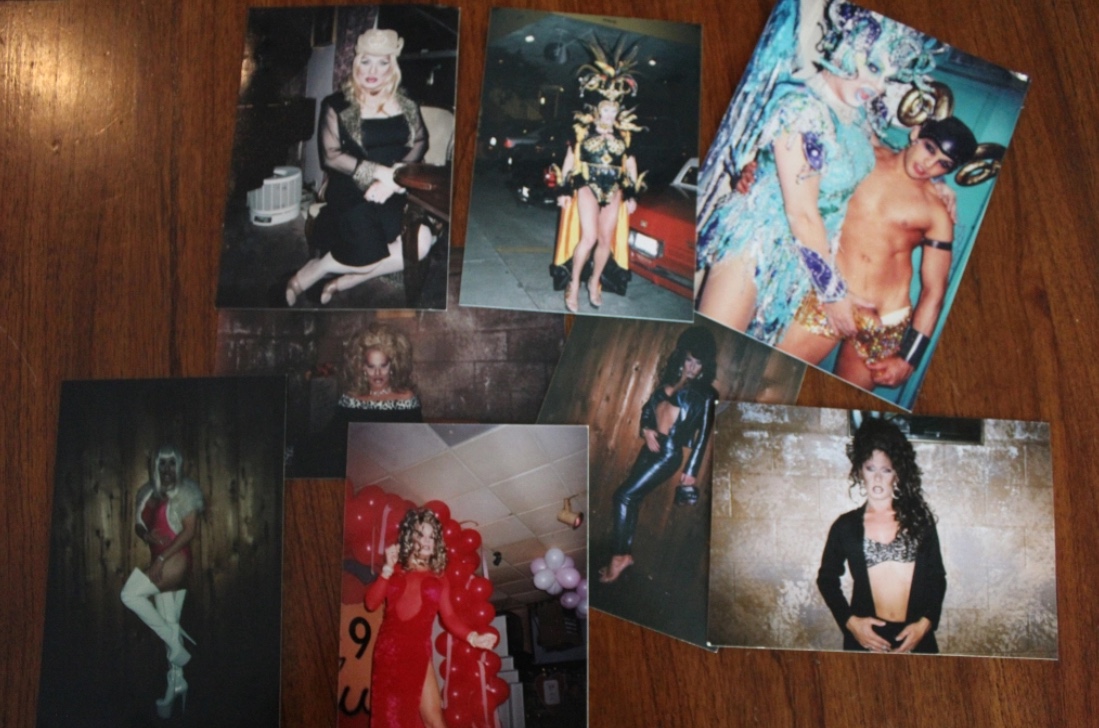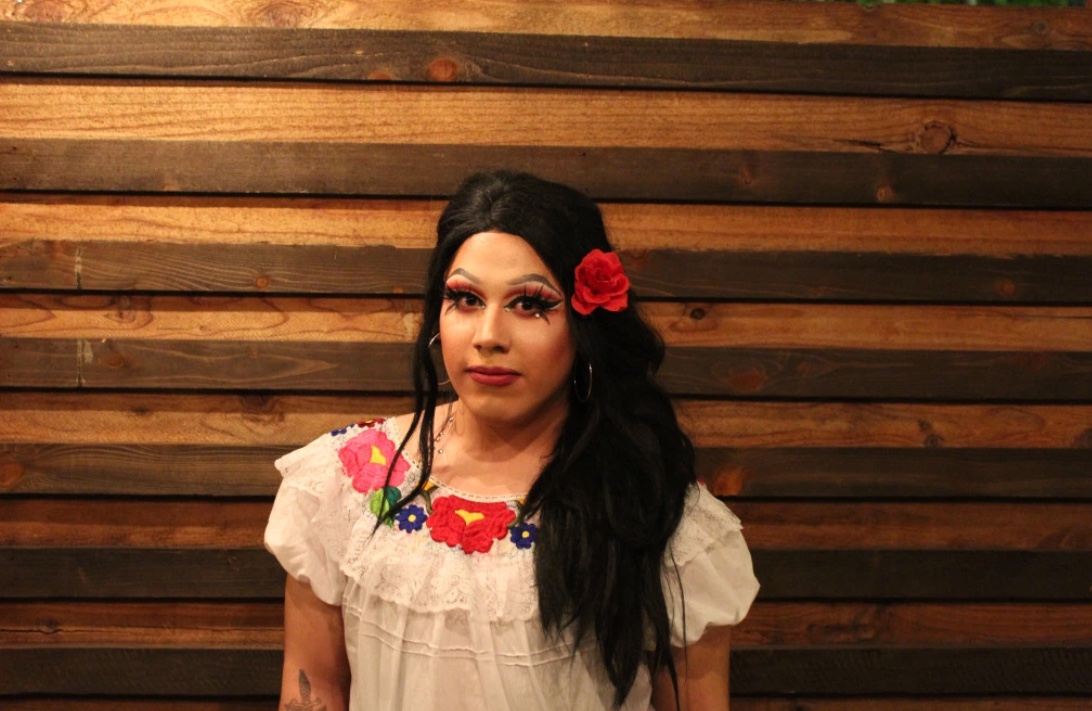More and More Acceptance Despite Lingering Opposition
While the Sparks Library is set to host Drag Queen Story Time on July 20th, with two drag queens, Ginger Devine and Aspen Meadows, reading to kids LGBTQ related stories, and mainstream media jumped on the story due to opposition from a Nevada advocacy group called Nevada Family Alliance ( NFA ), it’s just one more chapter in a long and illustrious history.
The first Gay Rodeo was in Reno in 1976, and the LGBTQ+ non-profit charity organization known as the “Silver Dollar Court” began that same year. The evolution of drag has grown recently with the prominence of social media, and growing acceptance of the LGTBQ+ community as a whole, despite some lingering opposition.
Someone who has seen this evolution is Tony Pratt, a drag queen by the name of Felicia Jewel Halston. After moving to Reno from Alabama, Felicia saw her first drag show in 1993. Originally a backup dancer, she eventually moved her way into the drag scene because of the encouragement from her mentor Adrian Klein. After she started, Felicia was hooked.
“Once you start doing it, if you enjoy it, it’s in your blood. Once you’ve done it, you start going into the store and looking at girl things… you’re drawn to them, because it’s another side of you.” Felicia Jewel Halston aka Tony Pratt.
The Importance of the Silver Dollar Court
Felicia eventually progressed into the role of Empress of the Silver Dollar Court in Reno from 2005-2006 and 2012-2013. Performing as a part of the Silver Dollar Court was really the only way to get into the scene in Reno initially.
The Silver Dollar Court hosts fundraising balls for charities and has 71 chapters all across the country. They are nonprofit partners with numerous organizations helping in causes ranging from AIDS to children’s cancer and animal cruelty.
The Silver Dollar Court was the best- and only way to network, promote your drag, and get your name out there back in the day, Felicia said. But, with the rise of social media, and the prominence of drag culture, this is no longer the case. Felicia has seen these changes over time, from MySpace to the social media apps of today, from being more unique to getting into the mainstream.
“At that point there wasn’t a lot of drag shows where you got paid, and it was just about charity, and I really like giving back. So instead of writing a check this was my way of giving back, enjoying myself and exploring another side of myself, and giving back to people who need it; which at the end of the day is my main focus.”
A Widening Range of Drag
“Another advantage that young people have now is that you can see different types of drag. Back then, there wasn’t as many types, but now there’s such a wide span of drag,” Felicia said.
Someone who has taken advantage of the power of social media with promoting their drag is Jorgie Silva, also known as Ariana Dulce. Dulce was born and raised in Reno. She is now based in Buffalo, New York, where she is going to nursing school, but she still comes back to Reno to perform.
Ariana first started performing because her roommate at the time was a club promoter trying to get different queens to come perform at his club. She also heard about a drag show being hosted by the Queer Student Union at UNR, and made her debut performance there.
Photo of Ariana Dulce at Splash Bar and Nightclub in Reno for a drag event named “Queens of the World: A Night of Representation,” in which she performed later in the evening.
Building and Growing a Brand on Social Media
Once she got into it, Ariana says she became hooked. She started performing at her roommate’s club on the nights that the events allowed 18-year-olds to come. She began networking with other queens to find where she could perform without being ID’ed at the door.
Eventually, she found her way into competing for Miss Gay Reno Latina for 2017, and that’s when her use of social media changed from just posting for fun, to specifically targeting audiences and trying to build a brand for her drag.
“…That was when after I got second place I thought of social media as more of a way to brand myself, once I saw that I had a lot of the Hispanic community exposed more because of who I am, I wanted to merge that with the American part of drag so that I can connect it both and bring more exposure,” she said.
Ariana said that Instagram is the best platform to use for drag queens for a lot of reasons. Specifically, having the capability to personally post photos of your version of drag and interact with others through hashtags and comments makes networking so much easier, she said.
With this social media capability, Dulce has received numerous opportunities to perform in other cities, and even other countries. The first time she performed in Mexico was because she had #DragMexico in one of her posts, and a club promoter found her profile and asked her to perform for Mexican Independence Day.
Once Dulce moved to Buffalo, she says social media really helped spread her drag through the New York scene as well.
Instagram post by Ariana Dulce, showing her use of hashtags to reach a larger audience in the hopes of getting more exposure. Photo courtesy of Jorgie Silva, taken form Ariana Dulce’s Instagram @thearianadulce.
Reno, Still a Good Scene to Get Started
Dulce said she’s also made new friends and met a lot of people just through Instagram.
“I’m really good friends with several queens that are starting / well-known in their drag community. I’ve never met them in person, but we’re always messaging each other through social media to network about wigs or ‘you made this mix, can you make me a mix too?’” she said.
With all of this in mind, Dulce thinks Reno’s drag scene is still up and coming, despite its long history. Compared to the Buffalo scene, she said, her experience of the two communities is vastly different.
“[Reno] is rich in talent and it’s great, it’s coming up and it’s creating more and more outlets for a lot more queens, that really haven’t gone out into the scene, to develop yourself to be a starting queen. And in Buffalo, there’s not really that, you don’t really see the scene as starting, you see it’s established, it’s very professional like… They’ve been doing this for years,” she said.




